The exercise — which you’ve probably been doing since grade school — can be intimidating, but proper form can help
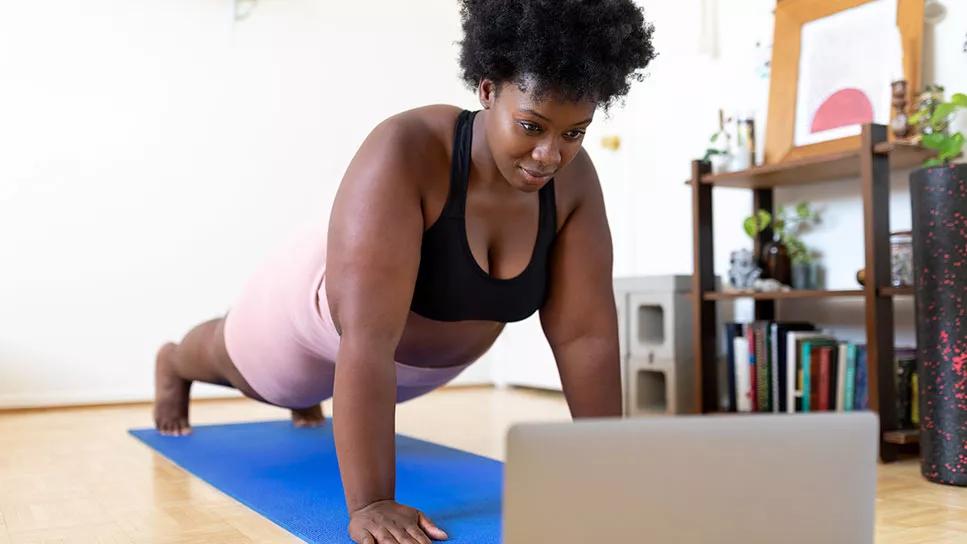
Why do the simple things sometimes seem so hard? Or at least hard to get around to?
Advertisement
Cleveland Clinic is a non-profit academic medical center. Advertising on our site helps support our mission. We do not endorse non-Cleveland Clinic products or services. Policy
Take the simple push-up. We know it’s a good, basic exercise for everyone from bodybuilders and gym warriors to fitness novices. But sometimes, we avoid them or rush through them to move on to a flashier exercise or specialized workout equipment.
And many of us probably figure we’ve had it down since elementary school gym class. You just drop and then push yourself up from the floor, right? Yes, that’s true — but it’s not the whole truth.
Sure, the basic push-up is a simple exercise — but it’s also simply one of the best things you can do for the muscles in your arms (triceps, especially), chest (pectorals or pecs) and shoulders (deltoids). And while it can seem straightforward, experts remind us that there’s also no rushing through a proper push-up. In fact, there are some things you can do to make it more effective or even easier when you start out.
So, let’s get started. We talked with exercise physiologist Katie Lawton, MEd, about the dos, the don’ts and some of the different ways to do a push-up.
In the simplest terms, here’s how to do a push-up. Note that this describes what some call the “military” style push-up, which Lawton favors for its benefits, but also because she says there’s less chance of over-using or injuring your shoulders (as there is with another common style when your arms are wider apart).
Advertisement
Pro tip: Tighten your butt and stomach when you do this exercise.
“A lot of people forget that and instead squeeze their quads (quadriceps, in the upper leg),” Lawton notes. “That can lead to sagging in the middle, which you don’t want — so, start with a strong plank and that will help your core and protect your back.”
Push-ups are a foundational exercise — when done properly and regularly, they can be a ready and reliable part of a workout for almost anyone to get in shape and stay in shape. But for some, push-ups might be too much to start with, or maybe not be enough.
So, if your run-of-the-mill push-up is either too hard or seems a bit bland, there are some variations that can make the exercise more achievable or more interesting (and better target muscles in your arms, chest and shoulder muscles.)
To do this easier, modified push-up, simply start with your knees and palms on the floor, lowering your frame to the floor in the same way you did with the basic push-up.
This is a great exercise to start with if you can’t yet support your weight with a push-up from the plank position, Lawton says. “If you think about it, you’re supporting less of your weight by starting on your knees, so it’s a bit easier to start here.”
Some research suggests that in this modified push-up, we support about 54% of our weight in the up position and 62% percent in the down position. (Compare this to supporting about 75% percent up and 69% down in the standard plank position push-up.)
This is the one many of us think of when we hear the word “push-up,” Lawton says — but she’s not a fan.
“It’s popular, but that doesn’t mean it’s the best one,” she continues. “When you go wide like this, it’s purely pecs — meaning that you’re only targeting that muscle (pectoral or chest), not the triceps or anything else. And there’s some danger in putting too much stress on your shoulder.”
Advertisement
This wider stance push-up means that your arms are farther apart than your shoulders or hips and you lower yourself to the ground and back up from there. Otherwise, it’s done in the same order as the military style. Notice that your elbows will stick out a bit more because of the wider base formed by your arms.
This variation is also a bit easier than the standard push-up. It’s performed exactly like the basic push-up, but against anything other than the floor. This could mean going from a wall (easiest) to a countertop to a table — to reduce the amount of body weight you are lifting, while still helping you work on form and slowly build strength.
“Some of us can’t even do half our body weight, so the push-up might seem impossible,” Lawton acknowledges. “But if you start with a countertop, you’re probably closer to 25% of your body weight and a table is closer to 40%. Reduce the inclines gradually until you’re on the floor.”
This variation isn’t necessarily easier — but it is a change-up from the routine. And it will help target your shoulders, triceps and lats (latisimus dorsi muscle in your back). It may also help strengthen your core and improve your balance.
“Basically, get your butt in the air — this is the pike position, or the same as downward dog position in yoga — and bring the top of your head to the ground,” Lawton instructs. “It’s a nice variation.”
Advertisement
This is another good exercise if you’ve mastered the basic push-up. To do this advanced push-up, place your hands on the ground in a triangle, or diamond shape, and then lower your body from that position.
This variation targets your triceps specifically, with little benefit to your pecs, Lawton says. But because it strengthens those arm muscles, it’s a good method to try if you want to specifically focus on strengthening your triceps.
While technically simpler (just use one arm!) this is a much more difficult exercise — with more potential benefit, but also possible injury or frustration.
The key to success here is to first master the basic push-up. Then, to do the one-handed method, follow these steps:
Like the pike push-up — though far more difficult — this exercise will also strengthen your core and improve your balance.
You’re not alone if you’re asking yourself about the nature of what can only be described as a dodgy relationship with push-ups.
Advertisement
“I think there are a lot of us out there who would like to do just one push-up!” Lawton says. “But it shouldn’t be a source of anxiety.”
Instead, she suggests making it a goal and working toward it — just like any other exercise or life goal.
Well, for one, you’re lifting a significant percentage of your entire body’s weight — up to 75% if you’re doing the standard push-up, as we’ve already pointed out.
“And for some people, that could be way more weight than they would attempt in picking up free weights, for example,” Lawton says. “So, while for some the push-up could become a personal goal, for others it may seem unattainable at first.”
So, if push-ups are too difficult for you, consider a modified approach. But also, don’t sweat it too much if you just can’t do one or even if you avoid them — as long as you’re doing something. “Push-ups are a great exercise, but also not completely necessary for your personal health regimen,” she adds.
Don’t, Lawton says.
“It’s a good exercise and it’s good to do it, but you also can live your life without it, to be honest,” she states. “If you don’t feel like you can, make a plan and start with doing push-ups against a countertop or any raised surface and then little-by-little work your way down until you can do it on your knees on the floor and then a full push-up.”
And even if push-ups are part of your routine, they don’t have to be done daily to have great benefits. “Even three to four days a week is great,” Lawton says.
“Remember, everyone starts from the same place. Work toward your first push-up and go from there.”
Learn more about our editorial process.
Advertisement
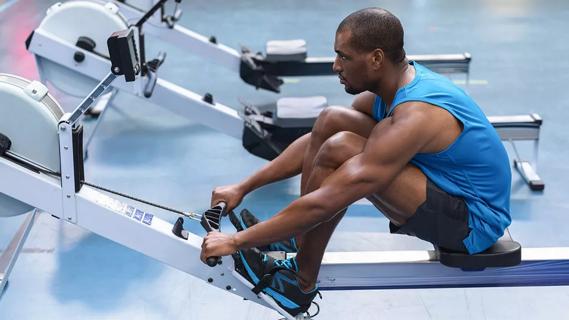
Exercise lowers risk for heart conditions, improves mental health and reduces visceral fat that can compromise your organs
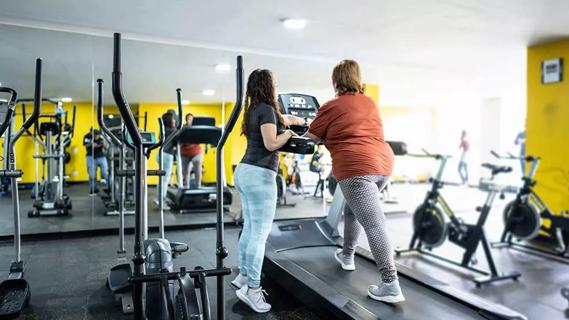
Ask questions, get referrals and consider if someone is a good fit for you and your fitness goals
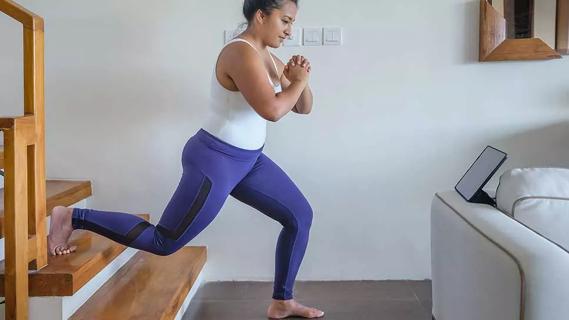
Expect a few bumps in the road, work out for the right reasons and give yourself some credit
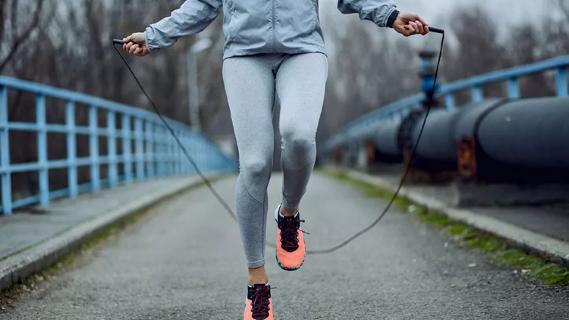
Jump into the swing of things to improve your coordination, burn calories and get your heart rate going

Walking with a weighted backpack is a low-impact, full-body workout that’s growing in popularity

A super high heart rate means you’re burning more than fat
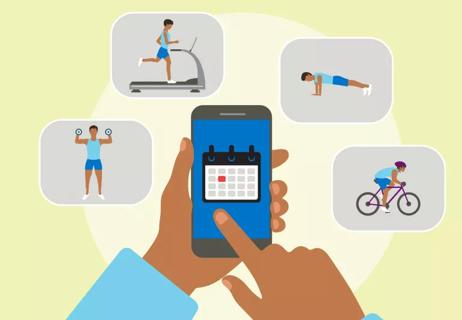
Meet your workout goals by accounting for frequency, intensity, time and type
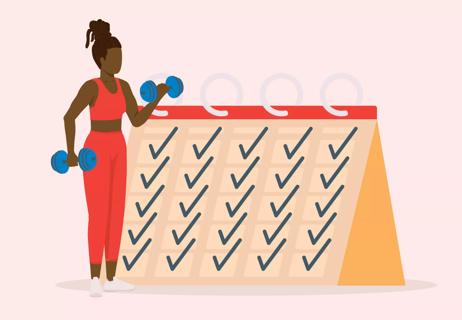
This modified challenge offers a head start on healthier habits

Type 2 diabetes isn’t inevitable with these dietary changes

Applying a hot or cold compress can help with pain